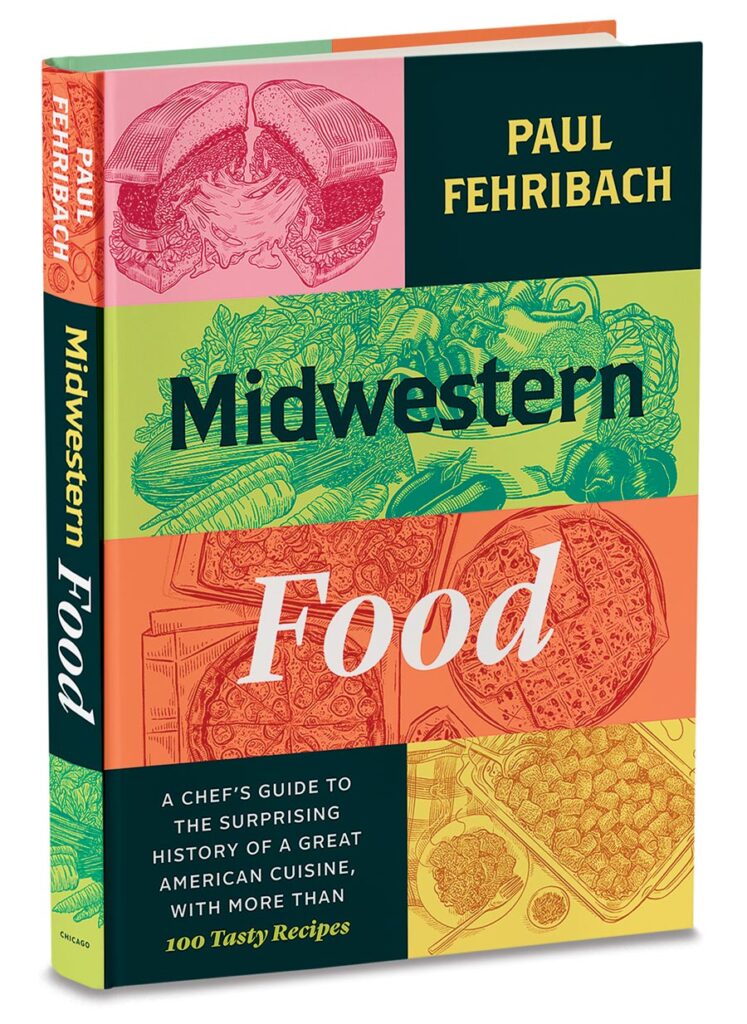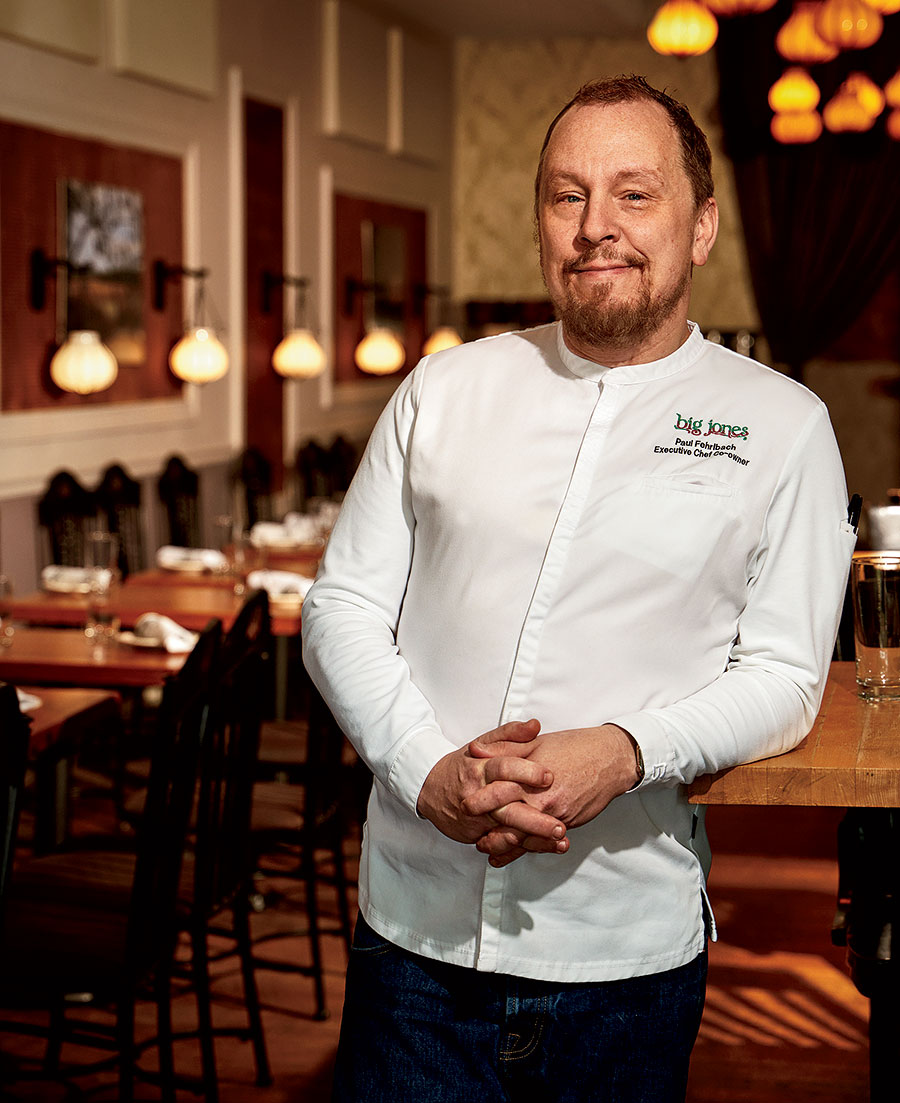When you think about Midwestern food, likely the dishes you ate as a kid or when you first moved to the Midwest spring to mind. There are hot dogs, of course, with variations in Chicago and Detroit; many styles of regional pizza; and tamales, which have both Mexican and Black Southern origins (and which find their way into the mother-in-law, Chicago’s weirdest homegrown sandwich). But how about persimmon pudding, catfish fiddlers, and booyah? In Midwestern Food: A Chef’s Guide to the Surprising History of a Great American Cuisine, With More Than 100 Tasty Recipes (out September 20), Big Jones chef Paul Fehribach digs through centuries-old cookbooks and community publications to explore Midwest culinary practices and how immigration has shaped the way people eat, and he includes recipes for the dishes he writes about.

Fehribach began his research in his southern Indiana hometown. “When I started going home more often as my parents got older, I realized that there are interesting regional foods around here that they don’t have anywhere else in the country,” he says. “I wanted to document these foodways that were disappearing with older generations.”
In the book, Fehribach looks at how the Great Migration and immigration by Germans, Scandinavians, and Mexicans shaped local cuisine and introduced barbecue, fried chicken, and oddball things like the raw beef cannibal sandwich, a German import popular in Wisconsin.
Fehribach says he was struck by not only how regional Midwestern food is but also the contrasts between urban and rural: “We’re looking at things that are very country, like burgoo, which came out of the woods, and hot dogs. The industrialization in the cities took hot dogs from something that was very expensive and turned them into cheap food for the masses in a generation.”
As much as the book is a historical record, it also looks forward. Fehribach sees newcomer enclaves combining their traditions with established favorites to yield dishes like Cincinnati chili ramen or bierock bao. “Immigrant communities shake up established foodways and play with them,” he says. Throughout the book, he notes how significantly segregation in cities limits our culinary experience. “The Midwest is the whitest region in the country, but there are plenty of Midwesterners who are non-European in origin, and they deserve a seat at the table,” Fehribach says. “It contributes to a richer, more diverse food culture.”



